Adding to the Team
Contract Therapist and Growth Facilitator Job Description
Inner Life Adventures, LLC provides licensed psychotherapy to individuals, families, and relationships of all genders age 13 and up. We are growing a community of helping professionals working to enhance the mental wellbeing of kids, adults, families, and couples in our community through a combination of evidence-based practices, cutting edge innovative treatments, and creative outside-the-box programs both indoors and outside. In our ever-changing times, we are challenged to provide healing services outside the traditional models, so partnering with the abundance of outdoor opportunities in our area that Reconnecting to Our Nature, LLC provides such as coaching, retreats, and educational programs Guided by Nature. We are assembling a fun, dynamic, and collaborative group of clinicians, who are compassionate, skilled, energized by helping to improve the health and wellness of our communities through a wholistic approach to services.
The ideal therapist candidate will provide outpatient individual and group therapy to clients of both Inner Life Adventures and Reconnecting to Our Nature in our midtown Fort Collins office, using HIPAA secure telehealth software and in outdoor settings. Clinical therapy services include treatment of adults, adolescents, couples and families. We are looking for a clinician that enjoys working with older children, adolescents, young adults, couples, families, trauma, EMDR, and group facilitation with experiential methods. The initial need is for licensed or soon to be licensed clinicians with the ideal candidate interested in expanding to nature-based coaching and group facilitation.
Reports to: Clinical Program Director.
Minimum Qualification Requirements:
• Master’s Degree or Doctoral Degree in counseling or social work.
• Active, unrestricted license (PhD, PsyD, LCSW, LMFT) in the State of Colorado or able to obtain a full license within 6 months of start date.
• Available to hold at least 10 client sessions per week.
• Knowledge of laws and ethics of practicing psychotherapy in Colorado.
• Ability to conduct risk assessment and evaluation of mental status to determine appropriateness for services and provide referrals, if necessary.
Job Duties and Responsibilities:
• Perform on-site, telehealth, and outdoor clinical counseling services to patients of Inner Life Adventures and/or Reconnecting to Our Nature as scheduled, and in accordance with company policies.
• Perform all functions of clinical counseling and psychotherapy including conducting intake interviews, diagnosing (if necessary), formulating treatment plans, scheduling, and billing for services.
• Regular, timely, and reliable attendance is required. Keeping scheduled appointments with minimal rescheduling is the goal.
• Be properly licensed, maintain license in good standing, hold liability insurance, and abide by all laws, rules, regulations, and codes of ethics that are binding upon or applicable to the services performed.
• Respond to patients’ calls or requests for service within 24 hours (excluding weekends and holidays), whether such requests are made in person, by phone, voicemail, etc. or through the website. Respond to such requests by meeting, evaluating, and providing services to appropriate patients.
• Communicate with a patient’s treatment team (i.e., PCP, psychiatrist, school counselors, etc.) as necessary.
• Completion of written records for each patient including, but not limited to, intake notes, progress notes, treatment plans, termination notes, contract notes, and other forms or documents which may be needed or required from time-to-time by Inner Life Adventures, Reconnecting to Our Nature, or third parties in conjunction with the treatment of the patient within a timely fashion (by Friday of each week). Keep patient files accurate and up to date.
• Charge and collect payments from patients for services provided consistent with the policy and rate guidelines for such services.• Communicate with a patient’s treatment team (i.e., PCP, psychiatrist, school counselors, etc.) as necessary.
• Attend mandatory staff meetings and trainings 1-2 times per month.
• Conduct counseling services, prospective client, and current client communications in a professional manner to maintain and increase the good will and reputation of Inner Life Adventures. Be respectful of, cooperative, communicative, and collaborative with co-workers including proper use of electronic communication during and after hours.
• Collaborate with other community providers via phone and email to coordinate care with other service providers in the community.
• Other duties which may by assigned and mutually agreed upon by clinician, Inner Life Adventures, and/or Reconnecting to Our Nature.
Hours:
Work hours and schedule may vary depending on patient and clinic needs. Hours include some nights and/or weekends, more if you want to work at those times. Therapist is not guaranteed a minimum number of patients or sessions per week. Therapist workload will be partially dependent on efforts to market services. It is expected that Therapist will be available to hold at least 10-15 sessions per week, provided such sessions are available and referred/scheduled by Inner Life Adventures.
Other Qualification Preferences:
• At least 8-12 months prior experience in a private practice setting and/or similar outpatient clinic experience.
• Completed at least one specialty training post graduate school (i.e.: EMDR, IFS, RLT, Gottman, Sandtray, EFT, etc).
• Ability to communicate your preferences for clients in at least one niche market of counseling services (i.e., children, teens, trauma, anxiety, grief, anger management, etc.).
• Flexible availability with at least 2 weeknight and/or weekend days available.
• Familiar with the benefits of group therapy and able to refer to groups, co-facilitate groups, or develop group curriculum.
• Experience or interest in ecopsychology, experiential therapy, or outdoor counseling.
• Have existing relationships and/or willing to market and build relationships in the community by communicating about your services and group programs.
• Desire to become an in-network provider for at least three insurance panels. We will assist you with this process, if you are not already in-network.
Compensation and Benefits
• $30-$80 per clinical hour based on percentage of collected service fee. Percentage is based on experience in field and length of time at Inner Life Adventures. Opportunities available to renegotiate rate every 6 months based on performance.
• Clinical supervision available at a highly discounted negotiable rate, if needed.
• Company required meetings and approved marketing efforts paid at $20/hour.
• Stipend provided for the first 2 months of employment while building up caseload.
• Bonus opportunities: $100/month for 15 clients per week all four weeks. $200/month for 20 clients per week all four weeks. Able to be doubled twice per year if applied to professional development.
• Payment for connecting within the community.
• Flexible schedule. Decide your own hours and the number of clients you wish to see. Ability to work in-person as well as remotely.
• Team case consultation meetings.
• Administrative Assistant for scheduling, document editing, sending invoices, and other administrative tasks.
• Business VOIP phone line accessible from anywhere to keep your personal cell phone and business separate.
• Paid subscription to EHR software for record keeping, client portal, intake paperwork, billing, invoicing, credit card processing, insurance claim submission.
• Quarterly community social gatherings.
• Commitment to developing a healthy, supportive, growth-oriented environment to help you thrive and have a fulfilling career as a counselor.
To apply, please submit a resume and cover letter outlining your interest and fit with our organization to [email protected].




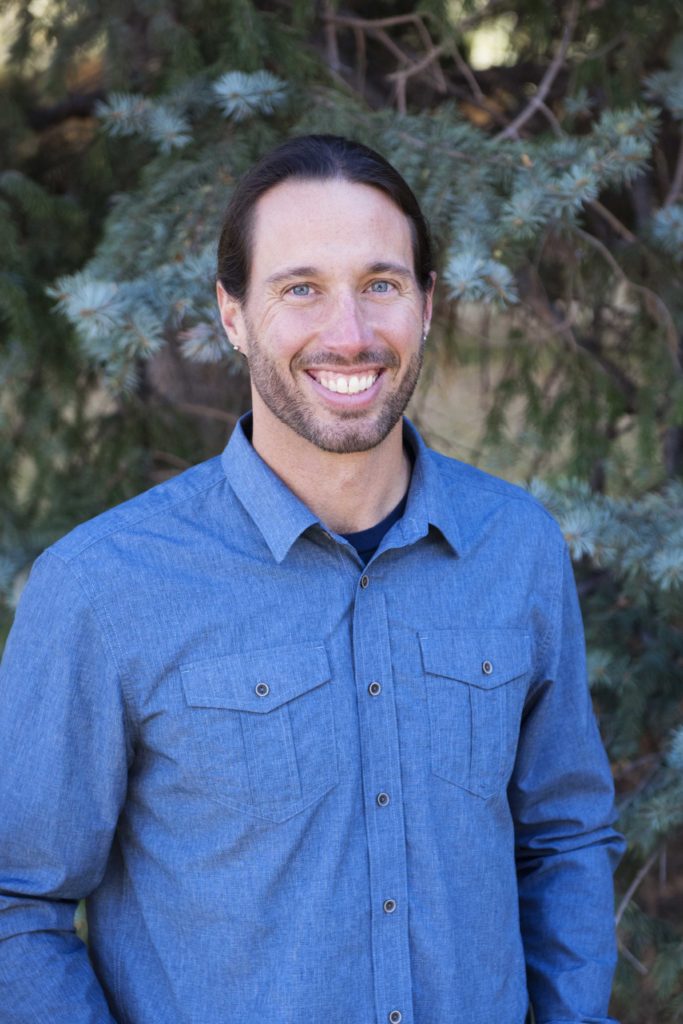


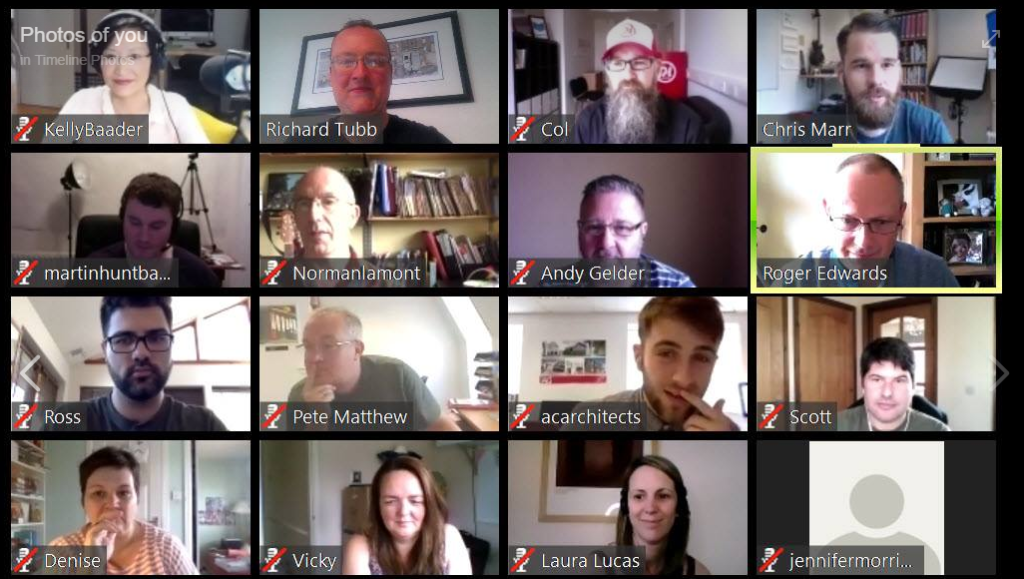






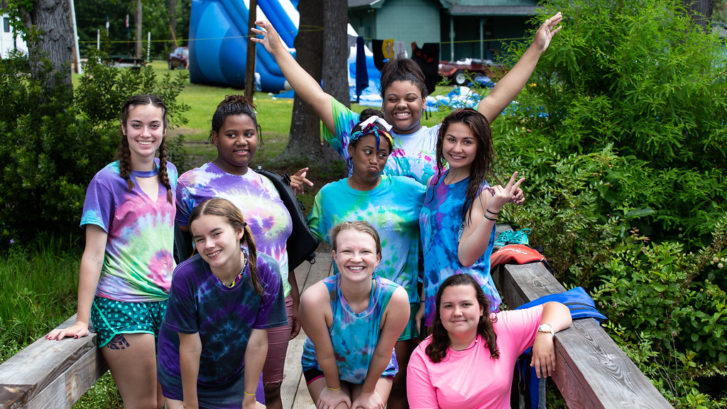
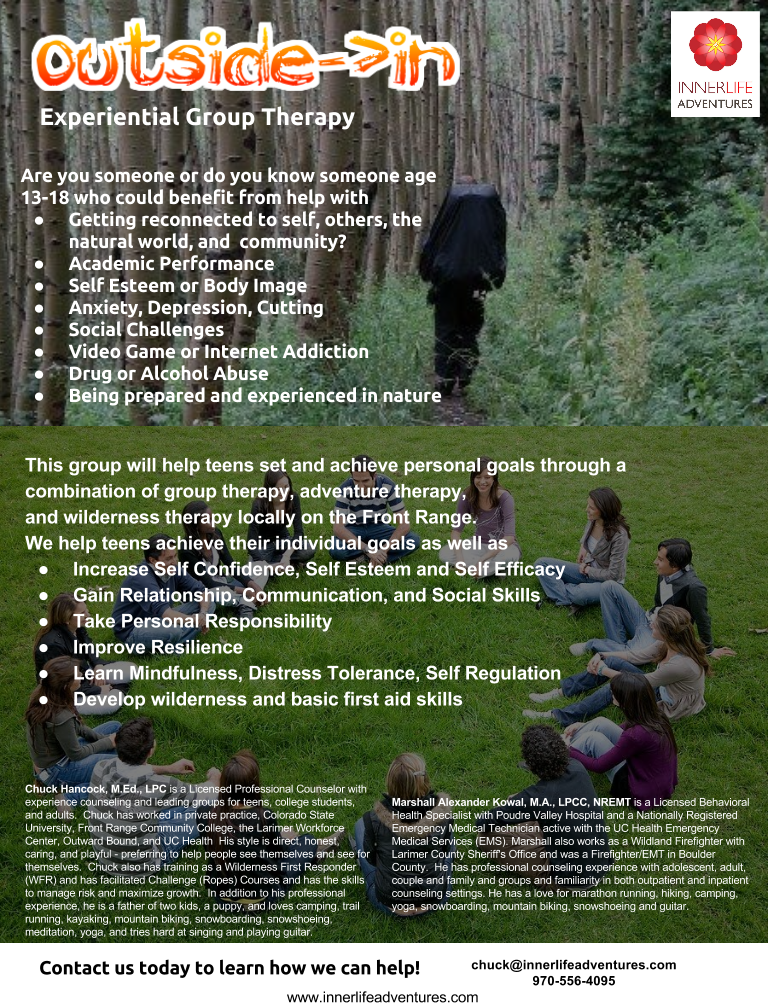

 to a stop like the Road Runner cartoon character on the edge of a cliff. A rattlesnake tumbles off the rock next to me dead center on the trail in front of me. Only 6” from my feet, my body hovered over it still being pulled by my forward momentum.
to a stop like the Road Runner cartoon character on the edge of a cliff. A rattlesnake tumbles off the rock next to me dead center on the trail in front of me. Only 6” from my feet, my body hovered over it still being pulled by my forward momentum.
 1. People who go to therapy are not crazy. You are not crazy.
1. People who go to therapy are not crazy. You are not crazy. 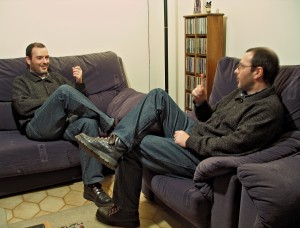 reflections of what you are saying, what it seems like you are saying that you are not aware of, and questions to help you get more clear, but your life is yours to live.
reflections of what you are saying, what it seems like you are saying that you are not aware of, and questions to help you get more clear, but your life is yours to live.